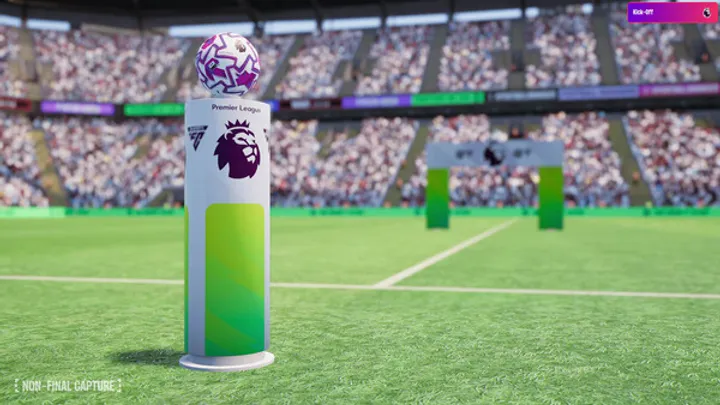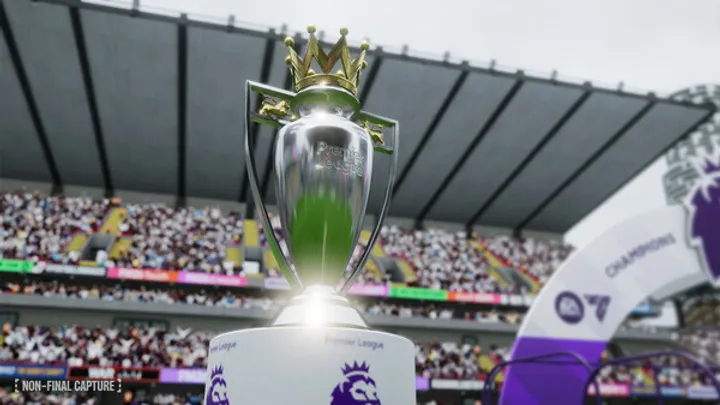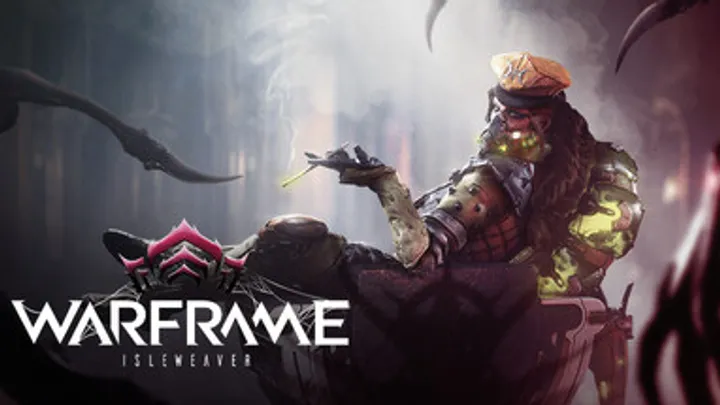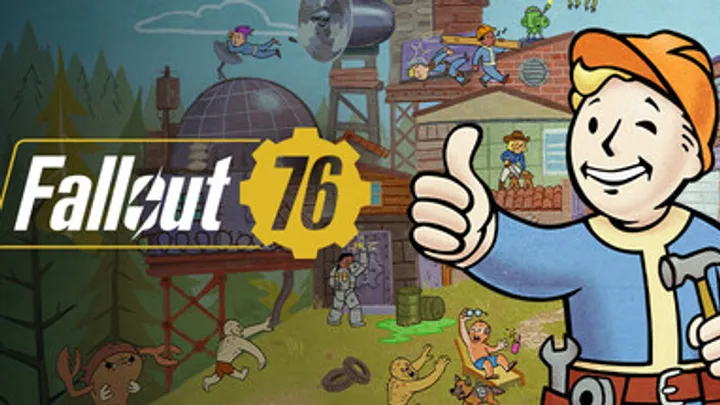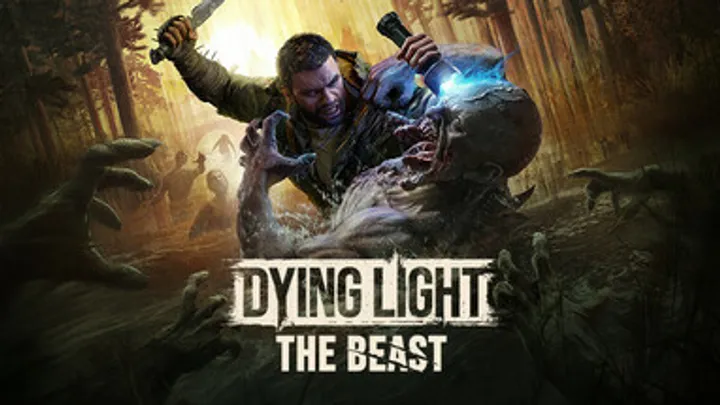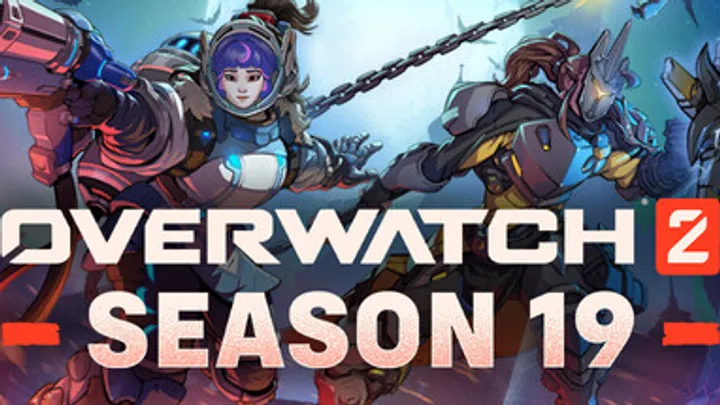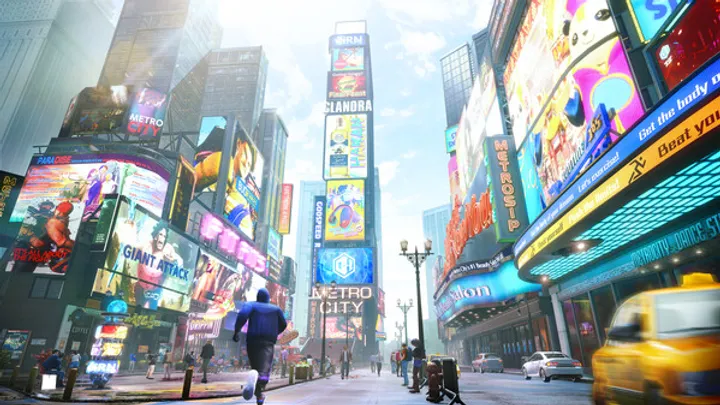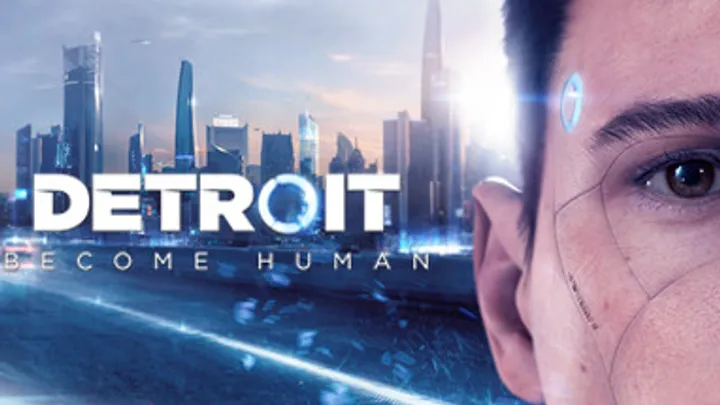When Counter-Strike 2 launched in late 2023, it wasn’t merely an upgrade — it was a generational shift. After nearly a decade of CS:GO dominance, Valve moved its flagship shooter to the Source 2 engine, promising better visuals, refined physics, and a reimagined approach to precision.
But within the community, the change sparked a more nuanced conflict. Beneath the improved lighting and cleaner UI lay a deeper issue: has the pursuit of visual and technical precision changed the way players perceive fairness and control?
In Counter-Strike, microseconds decide victory. Every shift in hit registration, tick rate, or visual feedback ripples through an ecosystem where trust is everything. This is the story of how CS2 redefined competitive precision — and how that redefinition fractured perception between developers, professionals, and players.
The Weight of Legacy
Few games carry the competitive legacy of Counter-Strike. Born from a Half-Life mod in 1999, the series evolved into a benchmark for mechanical mastery.
With CS:GO, Valve perfected its minimalist formula: tight controls, predictable recoil, and rock-solid hit registration. For millions of players, these mechanics were sacred. So when Valve promised Counter-Strike 2 would “preserve the soul, but rebuild the body,” expectations were astronomical.
The transition wasn’t just technical — it was cultural. Every tweak risked rewriting the laws of a digital sport two decades old.
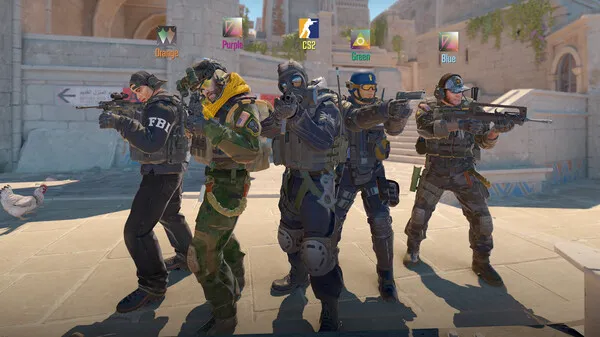
The Source 2 Engine and Its Promise
Source 2 was marketed as the key to CS2’s evolution. Its core advancements centered on:
- Sub-tick architecture for ultra-precise input recognition
- Volumetric smokes reacting dynamically to environment and bullets
- Lighting overhaul via physically based rendering
- Enhanced server architecture for improved hit detection
In theory, these features brought scientific realism to competitive play. The problem? In competitive environments, realism doesn’t always equal clarity.
Sub-Tick Timing and the Illusion of Fairness
Valve introduced sub-tick updates to replace the traditional tick-rate model. Instead of syncing actions at fixed intervals (e.g., 64 or 128 ticks), CS2 records the exact moment of input.
This theoretically ensures perfect timing — a headshot fired at 1.253 seconds registers at that instant, not the nearest tick. But early testing revealed paradoxes.
Players felt inconsistencies that the math said shouldn’t exist. Hits looked delayed. Peeks felt different. The trust built over years of 128-tick servers suddenly fractured — not because the system was inaccurate, but because perception didn’t align with precision.
Smoke Physics: Innovation Meets Controversy
Perhaps the most visible change in CS2 is its dynamic smoke grenades. Unlike static clouds in CS:GO, smokes in CS2 have mass, volume, and light interaction. Bullets carve holes through them; grenades disperse them temporarily.
This innovation redefines tactical play — sightlines are fluid, and strategies evolve mid-round. Yet it also creates information imbalance.
- Some angles expose players unintentionally due to lighting.
- Others obscure vision unevenly across settings or GPUs.
- Pro players complain that small visual inconsistencies affect milliseconds of decision-making.
Valve achieved immersion but at the cost of the predictability that once defined competitive Counter-Strike.
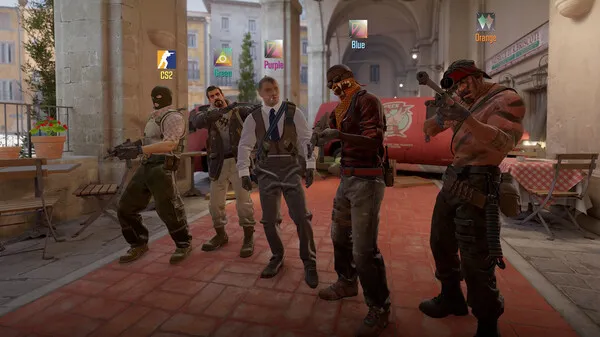
Visual Clarity vs. Realism
With Source 2 came next-gen lighting and reflections. Surfaces gleam, shadows breathe, and environments finally look modern. Yet for esports purists, this fidelity creates visual noise.
CS:GO’s flat lighting made enemies instantly readable. CS2’s realistic rendering can make silhouettes blend into backgrounds. In a competitive shooter, clarity trumps beauty — always.
Valve has since adjusted brightness levels and anti-aliasing defaults, but this tension persists: as games age, realism often grows while readability declines. CS2 struggles at that intersection.
The Psychological Contract of Competitive Play
At its heart, Counter-Strike thrives on trust — in the netcode, in hitboxes, in the illusion that every duel is fair.
When Source 2 altered how information was rendered, even minor inconsistencies shook that trust. Professional players described feeling like “the game isn’t telling the truth.”
- A shot that visually hit but didn’t register.
- A grenade bounce that behaved oddly.
- A peek that seemed slower than before.
Each discrepancy erodes confidence. In esports, perception is reality. Once trust is questioned, fairness feels broken — regardless of code-level accuracy.
Adaptation and Relearning Muscle Memory
For long-time CS:GO veterans, CS2 required unlearning a decade of instinct. Movement, spray patterns, and aim response all felt subtly altered.
This wasn’t intentional sabotage — it was the inevitable byproduct of a new engine. But for a scene built on micro-adjusted muscle memory, even tiny discrepancies feel seismic.
Many professionals spent months in private servers retraining recoil timing and movement flow. The shift exposed how deeply human Counter-Strike’s mastery is — not mechanical perfection, but years of subconscious rhythm tuned to a specific physics model.
The Community Divide
The CS2 transition fractured its once-unified community into three camps:
- Purists: Demand CS:GO’s exact feel restored.
- Optimists: Believe CS2 will evolve through patches and adaptation.
- Pragmatists: Split time between games, waiting for esports balance.
Valve’s communication — historically sparse — exacerbated this divide. Without clear patch notes or transparent data on netcode behavior, myths spread faster than facts. For a game built on precision, uncertainty became its biggest bug.
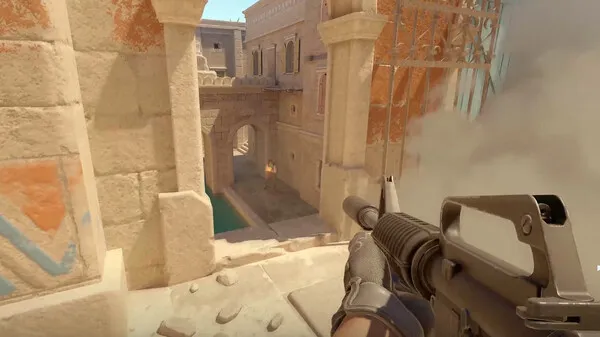
Professional Esports and the Calibration Problem
As tournaments migrated to CS2, early events revealed calibration challenges. LAN setups struggled to replicate player expectations; online qualifiers exposed disparities between PCs.
- Mouse input felt heavier on certain frame caps.
- Some settings produced visual lag despite high FPS.
- Audio occlusion behaved inconsistently across maps.
Valve’s rapid patch cycles improved conditions, but pros learned a hard truth: CS2 is no longer a “frozen esport.” It’s a living system — adaptive, complex, and unpredictable. The days of static mastery are gone.
The Future of Competitive Precision
The long-term story of Counter-Strike 2 isn’t failure — it’s evolution. Valve’s approach is iterative; its vision is long-term. Over time, the community will adjust, and the game’s technical foundation will stabilize beyond what Source 1 ever allowed.
Yet something deeper remains unresolved: the psychological contract between game and player. Technical accuracy must feel fair, not just be fair. Until perception aligns with precision, CS2 will live in the shadow of its predecessor — a perfect engine still searching for its perfect feel.
Conclusion
Counter-Strike 2 is a masterpiece of engineering caught in an emotional paradox. Valve’s pursuit of mathematical precision through Source 2 has created a visually stunning, technically advanced game — but one that unsettled a community built on consistency and trust.
In competitive shooters, fairness isn’t measured in milliseconds — it’s measured in belief. And until CS2 fully restores that belief, every headshot will carry not just recoil, but doubt.








